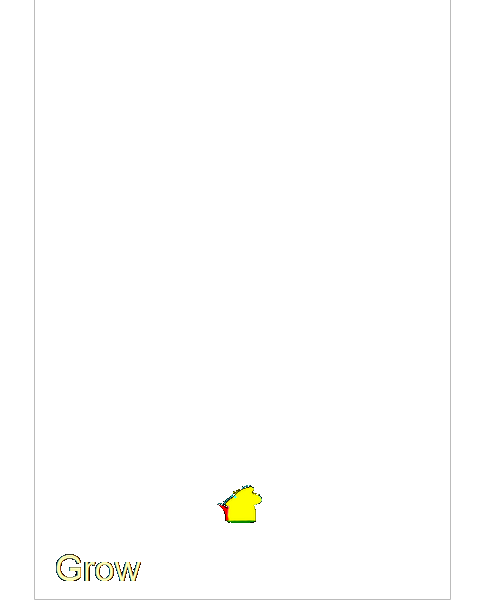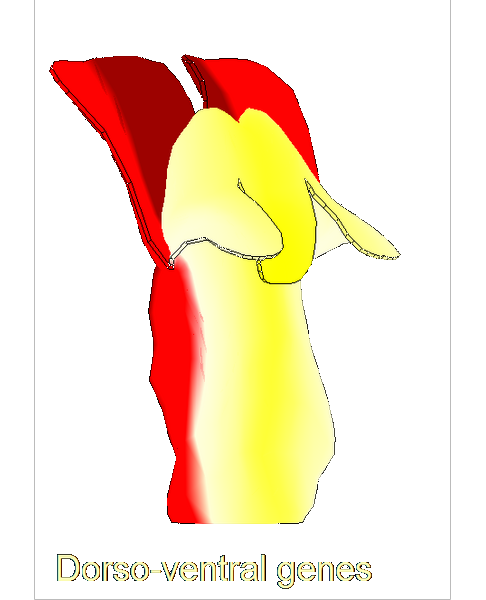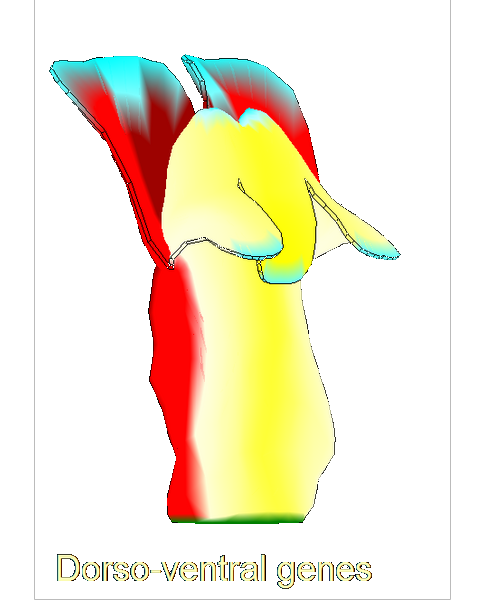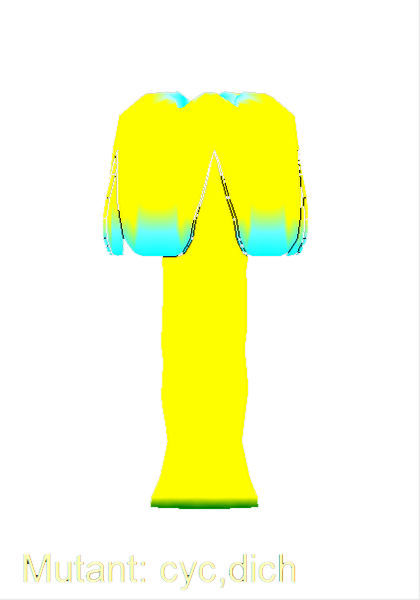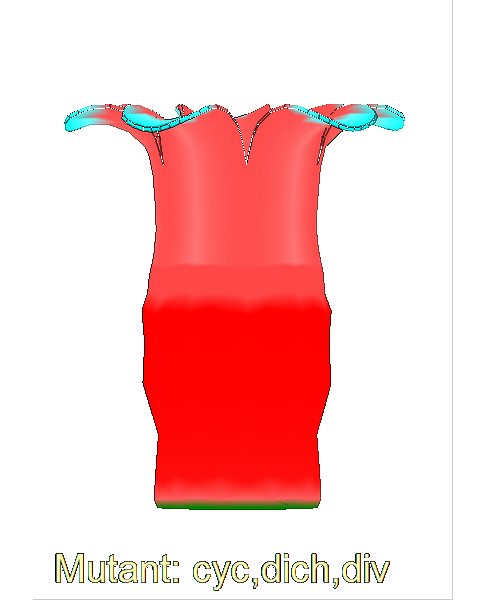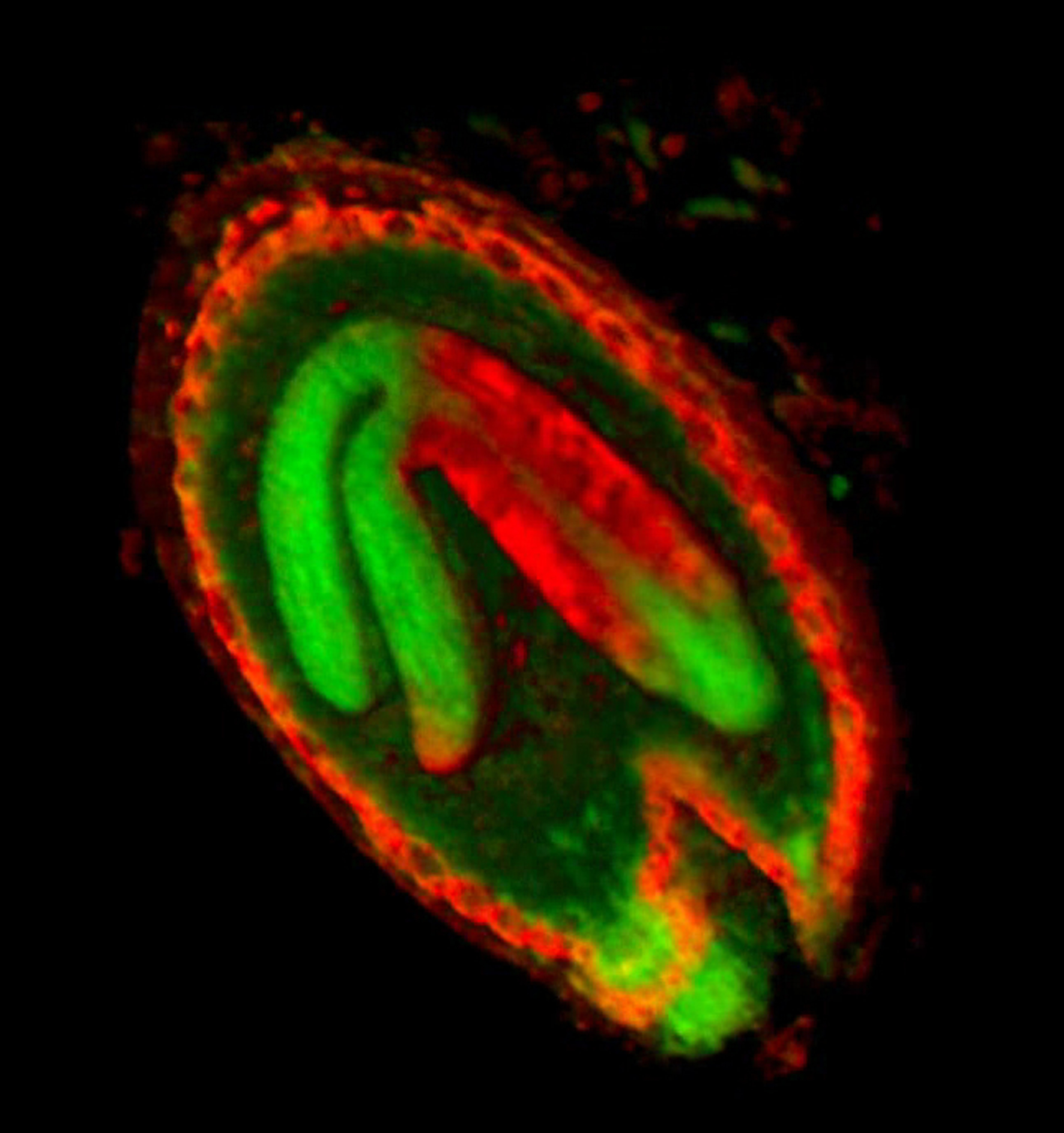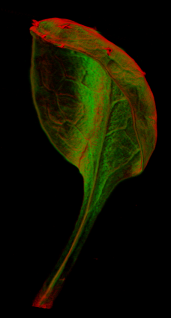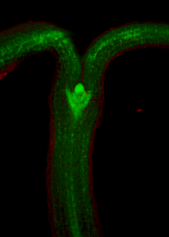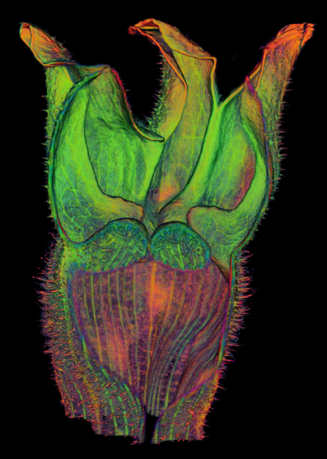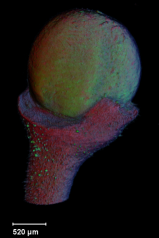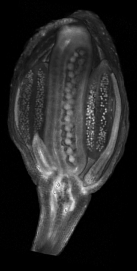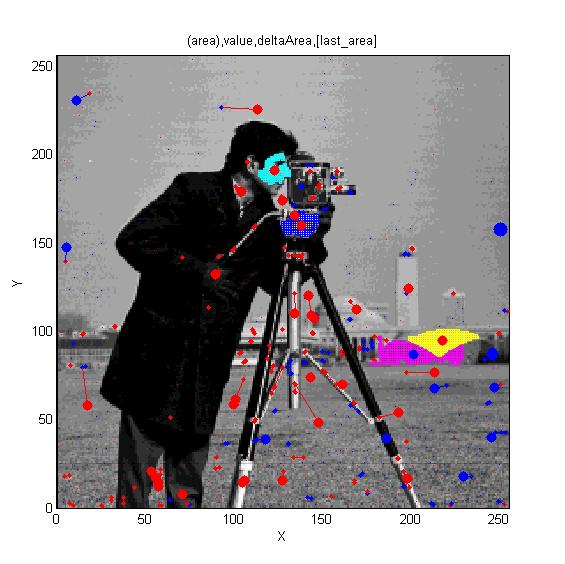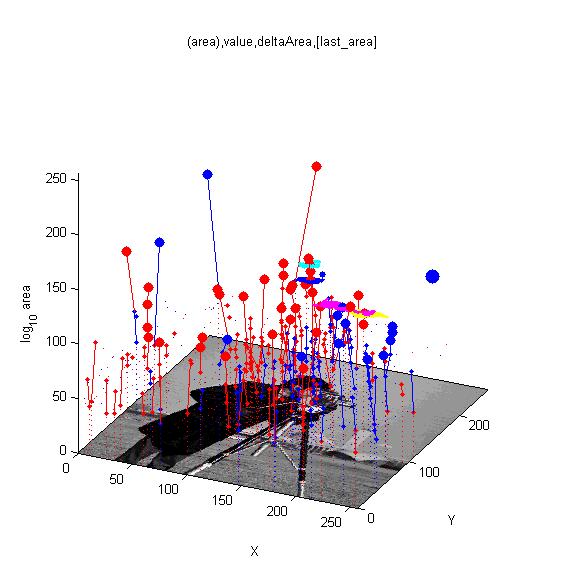Main Page: Difference between revisions
Jump to navigation
Jump to search
| Line 66: | Line 66: | ||
[[Image:tentacles_morphogenesis.png|600px]] | [[Image:tentacles_morphogenesis.png|600px]] | ||
|} | |} | ||
[[Software#Reaction-diffusion and morphogenesis|<span style="color:Navy;">MORE</span>]]<br><br> | |||
[[Software#Reaction-diffusion and morphogenesis|<span style="color:Navy;"> | |||
Revision as of 13:11, 25 November 2013
Bangham at UEA
Computational biology toolboxes
Growing complex biological shapes from patterns of gene expression
Viewing three dimensional images
Analysing shapes: faces, leaves and flowers

MORE
Seen the origional paintings? Do they exist?.
